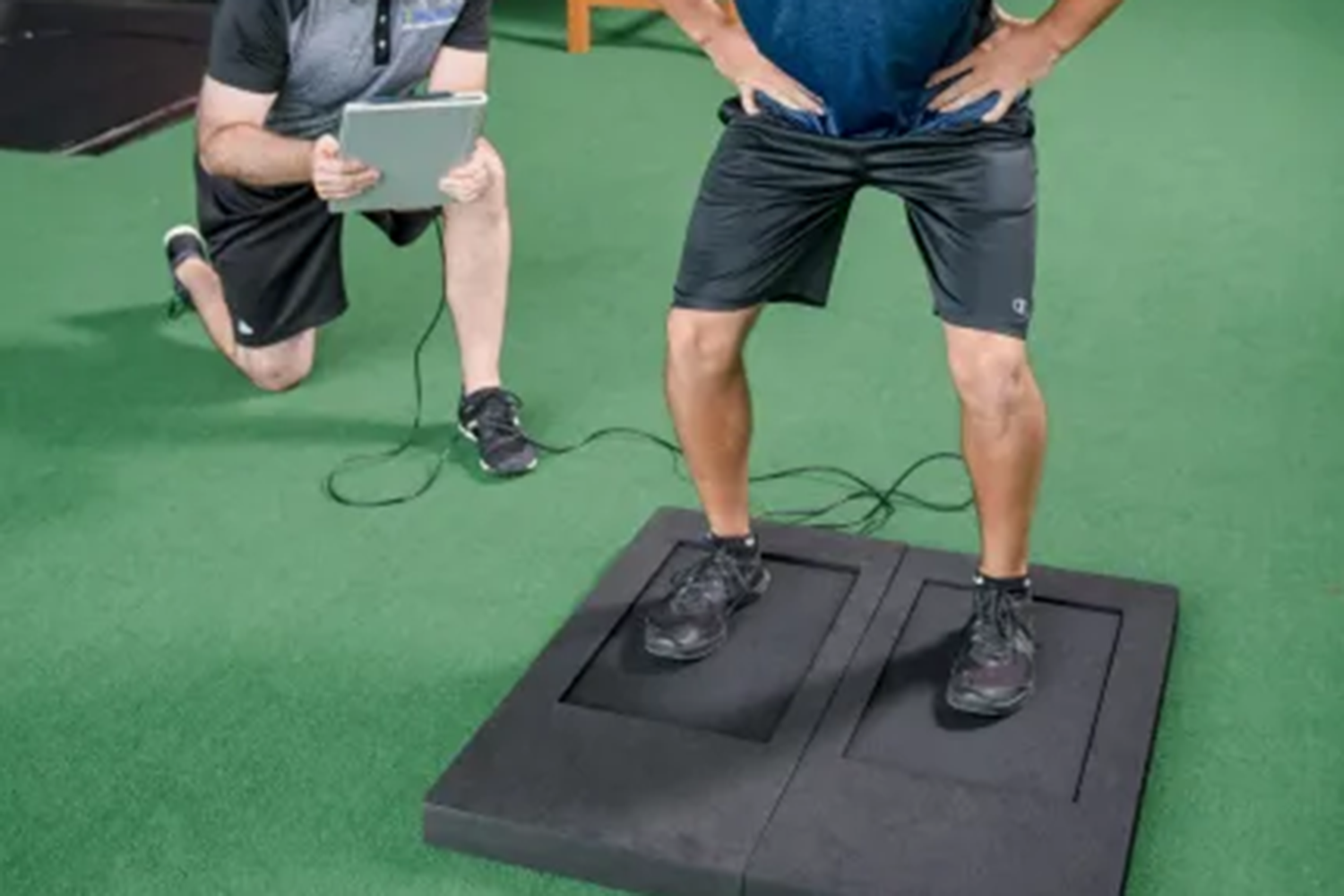Why Is Return To Play Testing So Important

In almost any study that looks at injury risk, the number one risk factor for getting injured is a previous injury. This is true for almost any injury from a muscle strain, to a major surgical condition. For brevity, this post will only address ACL injury.
Following ACL injury, depending on what study you read, after returning to play following ACL injury you have a 30% chance of injuring your opposite ACL or re-tearing the same ACL within 2 years.1 On top of that, only 55% of people returned to their previous level of sport after they had an ACL injury.2
These statistics are mind boggling. 1 in 2 people that have ACL surgery don’t return to their prior level of play? And out of those that due return to play, 1 out of 3 will injure the same side ACL or their opposite side ACL? How is this possible?
We believe the problem may lie in how and when athletes are cleared to return-to-play:
- There is no correlation between functional ability and time from surgery5
- At the time of their return to play clearance, only 14% of people passed the most basic objective measurements recommended for return to play4
- In a survey of clinicians, only 13% of clinicians used any objective measurement before clearing people to return to play (that means 87% of clinicians clear people without using even just 1 objective measurement)3
“We don’t believe a re-injury rate for any injury will be 0%, but we do believe it can be lower than current cares in the literature.”
This is by no means a criticism of other clinicians, it is just an objective look at what has been standard practice for years. At Kinetic, we feel that the high re-injury rates are in part due to an improper return-to-sport decision making process that often relies on time-based criteria, rather than objective measurements. We don’t believe a re-injury rate for any injury will be 0%, but we do believe it can be lower than the current rates in the literature.
Our testing process is a combination of subjective evaluation by your physical therapist, watching you move, listening to how you are feeling and what you are doing in rehab, training, practice or games. Combined with objective measurements.
So what can we measure? We look at basic physical properties:
- Strength
- Range of motion
- Power
- Endurance
We look to ensure you have restored these basic physical qualities that will allow you to complete more dynamic and demanding sporting demands. These objective measurements are the minimum standard that we look at, but they are not the only thing. Again, we also look at time from surgery, goals, time of the season, what you have accomplished in practice, training, etc.
We are committed to providing the best care, guidance and objective testing to the athletes returning from any injury. Stay tuned for our next post that provides some details of exactly how we measure these qualities.
References:
-
Paterno MV, Rauh MJ, Schmitt LC, Ford KR, Hewett TE. Incidence of Second ACL Injuries 2 Years After Primary ACL Reconstruction and Return to Sport. The American journal of sports medicine. 2014;42(7):1567-1573. doi:10.1177/0363546514530088
-
Ardern CL, Taylor NF, Feller JA, et al. Fifty-five per cent return to competitive sport following anterior cruciate ligament reconstruction surgery: an updated systematic review and meta-analysis including aspects of physical functioning and contextual factors. Br J Sports Med 2014;48:1543-1552.
-
Factors Used to Determine Return to Unrestricted Sports Activities After Anterior Cruciate Ligament Reconstruction. Barber-Westin, Sue D. et al. Arthroscopy , Volume 27 , Issue 12 , 1697 – 1705
-
Young Athletes Cleared for Sports Participation After Anterior Cruciate Ligament Reconstruction: How Many Actually Meet Recommended Return-to-Sport Criterion Cutoffs? Journal of Orthopaedic & Sports Physical Therapy 2017 47:11, 825-833
-
Myer GD, Martin L, Ford KR, et al. No Association of Time From Surgery With Functional Deficits in Athletes After Anterior Cruciate Ligament Reconstruction: Evidence for Objective Return-to-Sport Criteria. The American journal of sports medicine. 2012;40(10):2256-2263. doi:10.1177/0363546512454656.
